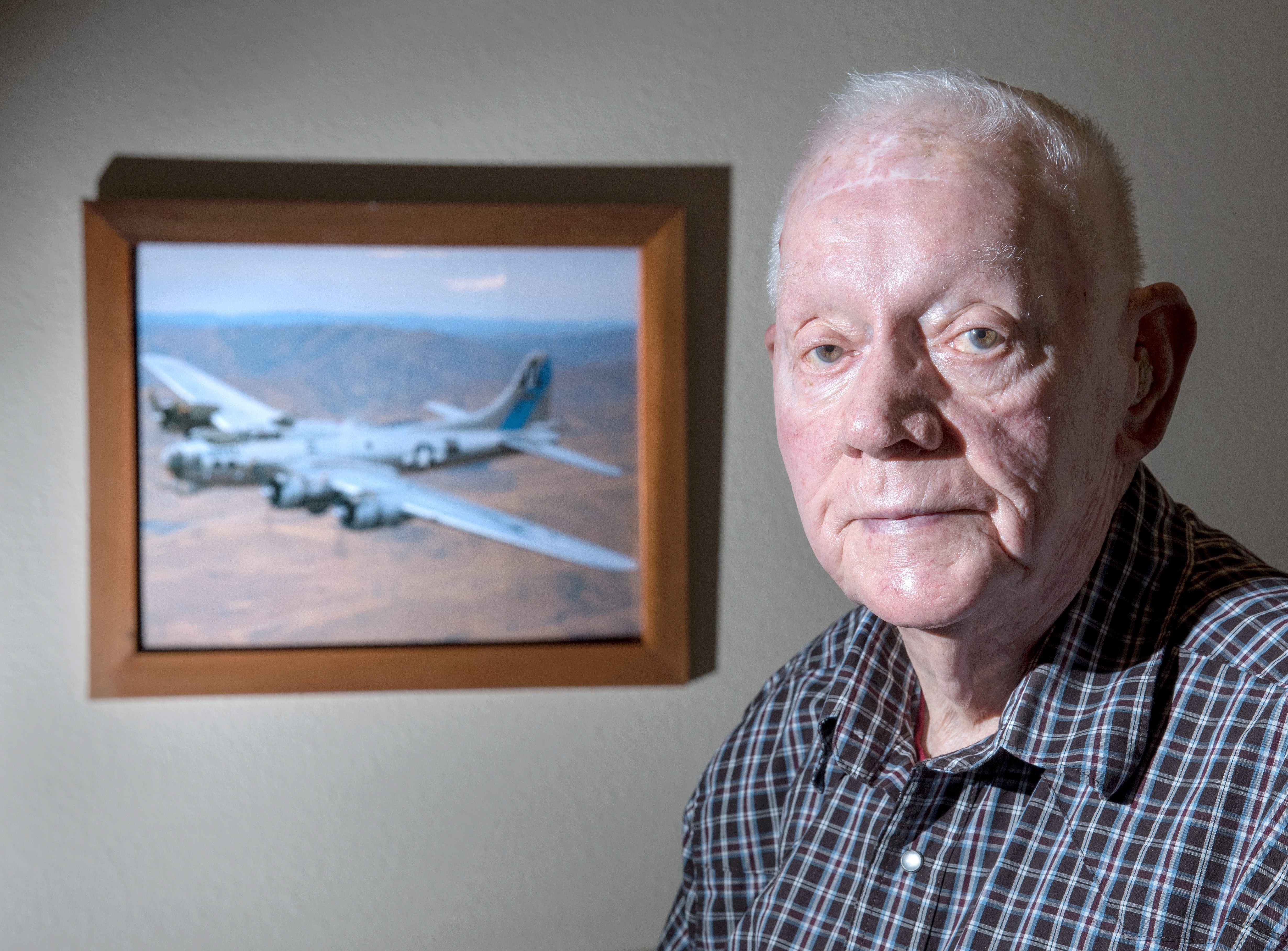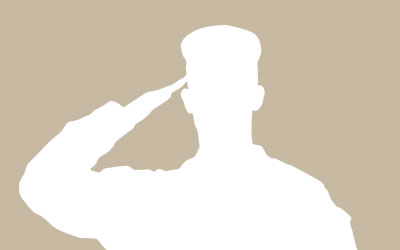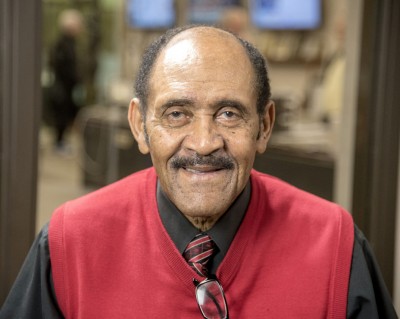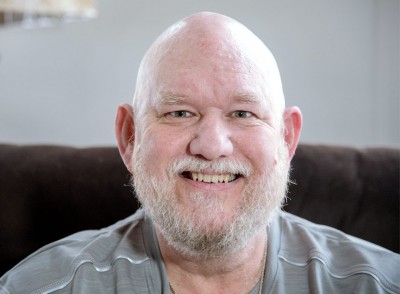Harold Huffman
By Paul Wood

Photo By Rick Danzl/The News-Gazette
MAHOMET — Surviving the crash of his B-17 bomber, Tech Sgt. Harold Huffman spent the rest of World War II in Sweden, held as a prisoner of war.
Huffman, 94, farmed with horses outside Lovington before he was drafted in the Army Air Corps in 1943.
Before his training, he’d never been in an airplane.
He served as a flight engineer, “a flying mechanic,” doing what repairs the nine-man crew needed over the course of two dozen missions.
He also manned the .50-caliber machine gun in the ball turret, shielded by only a bit of glass.
“I don’t know if I ever shot any Germans down. With all those planes in the air, nobody really can know,” he says.
Huffman remembers every detail of the bomber — a wingspan 105 feet and 78 feet long — and the air field, a skill he says he honed from decades in the hardware business, where he was able to address his customers by name.
The 452nd Bomb Group flew Flying Fortresses out of England’s Deopham Green near Norfolk starting in January 1944, bombing strategic sites in Germany and supporting ground forces starting with D-Day.
His crew’s first mission was almost a month later, July 4, 1944. The tech sergeant says drone technology is not new in war. On Oct. 15, his convoy flew to Heligoland in the North Sea, dropping bombs to knock out anti-aircraft guns.
Radio-controlled aircraft then took out caverns where German submarines were hiding.
Aerial bombs could not penetrate the 60-foot-thick, concrete caverns.
“The radio-controlled aircraft were full of TNT and gasoline, and we could see that they were effective,” he recalls.
His own Flying Fortress was an explosion waiting to happen — fully loaded, carrying 2,780 gallons of fuel and as much as 20,000 pounds of bombs.
“Anybody who says they weren’t scared is stupid,” he says.
It was on Huffman’s 25th mission over Germany when things went bad quickly.
It was interrupted by shells going through the gas tank, and two engines in flames.
With only 38 minutes of fuel left, the pilot knew the plane wouldn’t make it back to England — but still was able to land the B-17 on a grass field in Sweden.
Amazingly, “nobody was hurt,” Huffman recalls.
The crash wrapped up 208 hours of combat flying, he says.
He was interned in Sweden, a neutral county, for almost six months. The crew used the time to repair American aircraft, and they were ferried across the North Sea.
Because the U.S. was allowed to provide the internees with cash, they were able to buy nice Swedish sweaters, he says.
After the war, he married his high school sweetheart.
He served in the Army Reserve, but was not called for duty in the Korean War.
He and Veda, married for 72 years, raised three children.
A grandson flew a Blackhawk helicopter in the National Guard.
Do you know a veteran who could share a story about military service? Contact staff writer Paul Wood at pwood@news-gazette.com.
Read more stories from local veterans:
 Rick Bednar
CHAMPAIGN — Rick Bednar was an Armed Forces DJ in Vietnam, and says it was nothing like the Robin Williams movie “Good M …
Rick Bednar
CHAMPAIGN — Rick Bednar was an Armed Forces DJ in Vietnam, and says it was nothing like the Robin Williams movie “Good M …
 Peter Thomas
RANTOUL — When he heard the shout “incoming!”, Peter Thomas had the training to get out safely from the burst of Russian …
Peter Thomas
RANTOUL — When he heard the shout “incoming!”, Peter Thomas had the training to get out safely from the burst of Russian …
 Steve Stanley
URBANA — Staff Sgt. Steve Stanley had top-secret clearance, and was assigned to a secure area from which tactical nuclea …
Steve Stanley
URBANA — Staff Sgt. Steve Stanley had top-secret clearance, and was assigned to a secure area from which tactical nuclea …